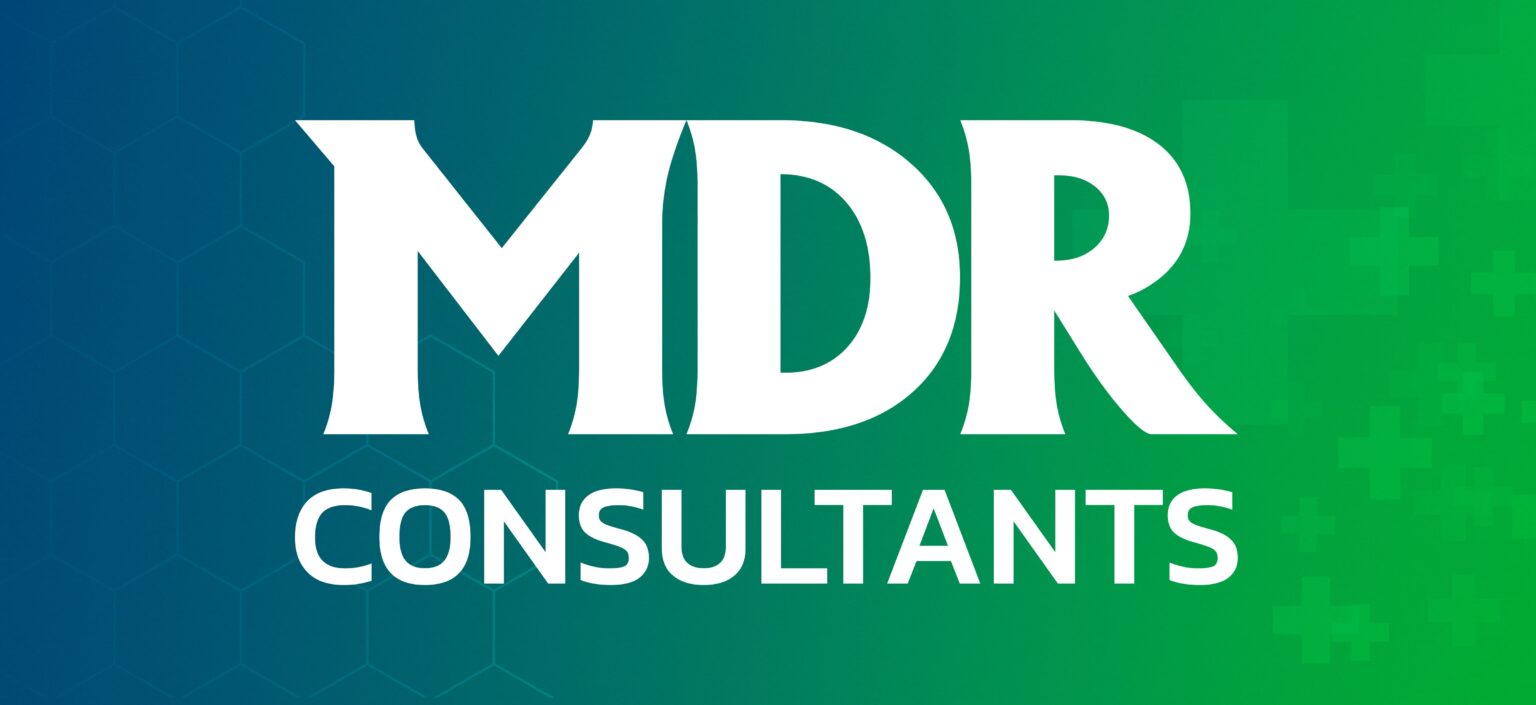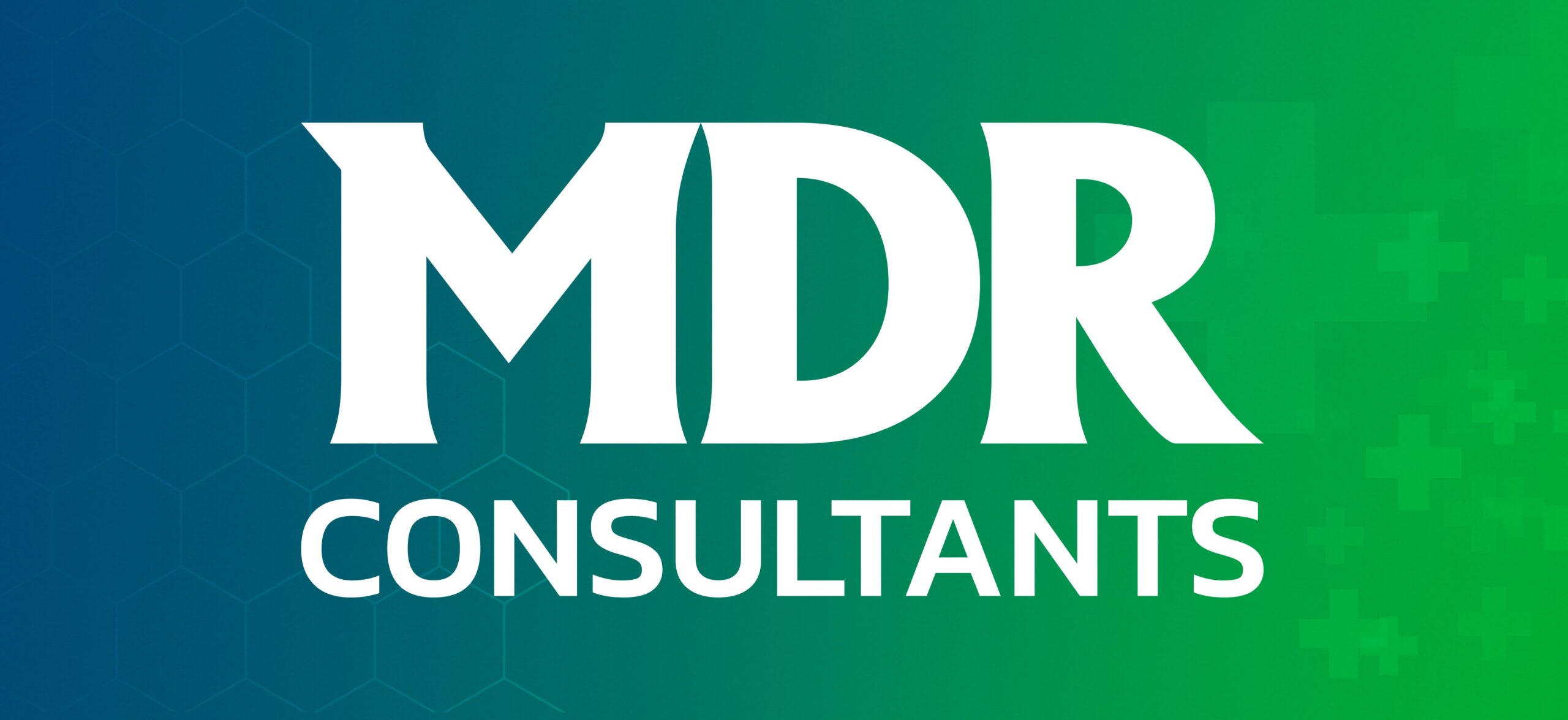Global Regulatory Approvals
![]()
Expand your reach: secure global regulatory approvals with our strategic guidance for diverse international markets.
The intricate world of international medical
device regulations can be a daunting obstacle for even the most innovative
companies. But fear not! With a well-defined global regulatory strategy, you
can efficiently navigate the complexities and unlock new markets, bringing your
life-saving device to patients worldwide.
Building Your Winning Foundation:
1. Device Classification: A
Deep Dive
Understanding your device’s risk profile in each target market is
crucial. Different regulatory authorities have varying classification systems
(e.g., US FDA vs. EU MDR). This classification determines the level of
regulatory scrutiny required for approval. Here’s a more detailed breakdown:
- Researching Classification Systems: Familiarize yourself with the
specific classification systems used by each target market. This might
involve understanding the US FDA’s Class I, II, and III categories, or the
EU MDR’s Class I, IIa, IIb, and III classifications. Resources like the
regulatory authority websites and the IMDRF (International Medical Device
Regulatory Forum) can be invaluable for this step.
- Equivalence Determination: Investigate if your device is
similar to an already-approved device in a specific market. This might
allow you to leverage existing classification data and potentially
streamline the approval process.
- Classification Guidance Documents: Many regulatory authorities
publish guidance documents outlining how to classify medical devices.
Utilize these resources to ensure accurate classification of your device
in each target market.
2. Regulatory Requirements
Research: A Targeted Approach
Don’t get lost in a sea of regulations! Here’s how to efficiently
research the specific requirements of each target market:
- Focus on Key Areas: Prioritize your research by
focusing on three crucial areas: registration, clinical trials, and
post-market surveillance.
- Registration Requirements: Understand the application
types required for each market (e.g., US 510(k), EU MDR) and the specific
documentation needed for registration. This documentation often includes
technical documentation detailing design, development, manufacturing, and
risk management; clinical data demonstrating safety and efficacy; and
labelling that complies with local language and format requirements.
- Clinical Trial Requirements: Determine the need for
conducting local clinical trials. Factors to consider include risk
classification, novelty of the device, and the regulatory body’s
acceptance of existing data from trials conducted elsewhere. Be prepared
to adapt protocols if necessary to comply with local regulations or
address specific regional patient populations.
- Post-Market Surveillance Requirements: Implement a system for
monitoring device performance once it’s on the market. This typically
involves collecting and analyzing adverse event data, implementing
corrective and preventive actions (CAPA), and submitting periodic safety
reports to the regulatory body. Market-specific variations might exist, so
ensure you understand the specific reporting formats and timelines for
each market.
3. Develop a Clear Roadmap:
Create a timeline outlining key milestones for each target market,
including anticipated submission dates, potential roadblocks you might
encounter, and mitigation strategies to address them.
Regulatory Submission Process:
Having crafted a watertight global regulatory strategy, you’re now
ready to conquer the final hurdle: submitting your application package to each
targeted regulatory authority. This process involves meticulously compiling and
presenting a comprehensive set of documents, ensuring your device meets all the
stipulated requirements. Here’s a breakdown of the key components:
1. Technical Documentation:
The Blueprint of Your Device
Imagine a detailed blueprint – that’s essentially what your
technical documentation is. This dossier serves as a window into the inner
workings of your medical device, providing a clear picture of its design,
development, manufacturing, risk management, and quality management system
(QMS). Here’s a closer look at what this entails:
- Design Specifications: This section meticulously
details the design and materials used in your device. It should include
things like engineering drawings, schematics, and a bill of materials
(BOM) outlining all the components.
- Development Documentation: Trace the development journey
of your device. This section should document design history, risk analyses
conducted at each stage of development, and verification and validation
testing performed to ensure the device meets its intended specifications.
- Manufacturing Information: Provide a comprehensive
overview of your manufacturing processes. This includes details about
production facilities, quality control procedures, and the supply chain
for all components.
- Risk Management Plan: Demonstrate a proactive
approach to mitigating potential risks associated with your device. This
plan should outline how you’ve identified potential hazards, assessed
their likelihood and severity, and implemented controls to minimize these
risks.
- Quality Management System (QMS): Detail your robust QMS, the
system you have in place to ensure consistent quality throughout the
entire lifecycle of your device, from design and development to
manufacturing, distribution, and post-market surveillance.
2. Clinical Data: The Pillars
of Safety and Efficacy
Clinical data forms the bedrock of evidence supporting the safety
and efficacy of your medical device. This data typically comes from two main
sources:
- Pre-clinical Testing: This refers to laboratory and
animal testing conducted to assess the device’s basic safety and
functionality before moving on to human trials.
- Clinical Trials: Depending on the risk
classification of your device and the regulatory requirements of each
target market, you might need to conduct human clinical trials. These
trials involve testing the device on a controlled group of patients to
gather data on its safety and effectiveness in a real-world setting.
The specific format and content requirements for clinical data may
vary depending on the regulatory authority. However, it typically includes
detailed protocols outlining the study design, patient recruitment procedures,
data collection methods, and statistical analysis plans. Additionally, the data
itself needs to be meticulously documented and presented in a clear and concise
manner.
3. Labelling: The Clear
Communicator
Your device’s labelling is the primary source of information for
healthcare professionals and patients. It plays a crucial role in ensuring safe
and effective use of the device. Here’s what you need to consider for compliant
labelling:
- Content: The labelling should contain
all the essential information about your device, including its intended
use, instructions for use, warnings, precautions, and contraindications.
- Accuracy and Clarity: The information presented must
be accurate, clear, concise, and easy to understand for the intended
audience.
- Language and Format: Ensure the labelling complies
with the local language and format requirements of each target market.
This might involve translating the labelling into multiple languages and
adapting the layout to meet specific regulations.
Benefits of a Global Strategy:
- Faster Market Entry: A well-defined strategy
streamlines the approval process in multiple markets, accelerating time to
market.
- Cost Optimization: Understanding regulatory
requirements upfront avoids rework and delays, leading to cost savings.
- Global Market Access: Gaining approvals in key
markets expands your reach and potential revenue streams.
Consider Partnering with MDR
Consultants:
The global medical device regulatory landscape can be a labyrinthine
maze, even for the most seasoned companies. Navigating the intricacies of each
market’s requirements, compiling technical documentation, and ensuring clinical
data compliance can be a daunting task. Here’s where MDR consultants, your
regulatory gurus, come in and become invaluable allies:
1. Streamlined Research and
Reduced Timelines:
MDR consultants possess a wealth of knowledge about international
medical device regulations. They can efficiently research the specific
requirements of each target market you’ve identified in your strategy. This
saves you significant time and resources, allowing you to focus on core
competencies like device development and manufacturing.
Imagine having a team of experts readily available to answer your
questions about registration processes, clinical trial requirements, and
post-market surveillance regulations in each market. This not only streamlines
the research process but also ensures you have the most up-to-date information
to guide your decisions.
2. Strategic Guidance and
Avoiding Pitfalls:
MDR consultants go beyond simply providing information. They act
as strategic advisors, offering valuable insights and guidance throughout the
regulatory submission process. They can help you:
- Develop a Compliant Submission Package: They can ensure your technical
documentation, clinical data, and labelling meet the specific requirements
of each target market, minimizing the risk of rejection due to
non-compliance.
- Identify Potential Roadblocks: MDR consultants can anticipate
potential roadblocks you might encounter during the regulatory review
process. With their experience, they can help you develop proactive
strategies to address these challenges and mitigate any delays.
- Develop Effective Communication with
Regulatory Authorities: Effective
communication with regulatory bodies is crucial for a smooth review
process. MDR consultants can assist you in crafting clear and concise
communication, ensuring your message is understood by the authorities.
3. Risk Management and
Smoother Approvals:
A robust risk management plan is a key component of any medical
device regulatory submission. MDR consultants can help you develop a
comprehensive plan that identifies potential risks associated with your device,
assesses their likelihood and severity, and outlines mitigation strategies.
This proactive approach demonstrates to regulatory bodies that you have a
well-defined plan for ensuring the safety and efficacy of your device.
By partnering with MDR consultants, you can significantly increase
your chances of obtaining regulatory approval in a timely and efficient manner.
Their expertise can help you avoid costly delays and setbacks, ultimately
accelerating your time to market and allowing you to bring your life-saving
device to patients around the world.
The additional benefits of
partnering with MDR consultants include:
- Access to a Network of Experts: Many MDR consulting firms have
a global network of experts with in-depth knowledge of specific markets.
This allows you to tap into their specialized expertise for each target
market you’re pursuing.
- Cost-Effectiveness: While there is a cost
associated with MDR consulting services, it can be significantly less
expensive than hiring and training internal staff to navigate the
complexities of global medical device regulations. Additionally, the
potential cost savings from avoiding delays and re-submissions due to
non-compliance can be substantial.
- Peace of Mind: Knowing you have a team of experienced professionals guiding you through the regulatory process can provide invaluable peace of mind. This allows you to focus your energy on other critical aspects of bringing your medical device to market.
2025-09-29 09:07:30

